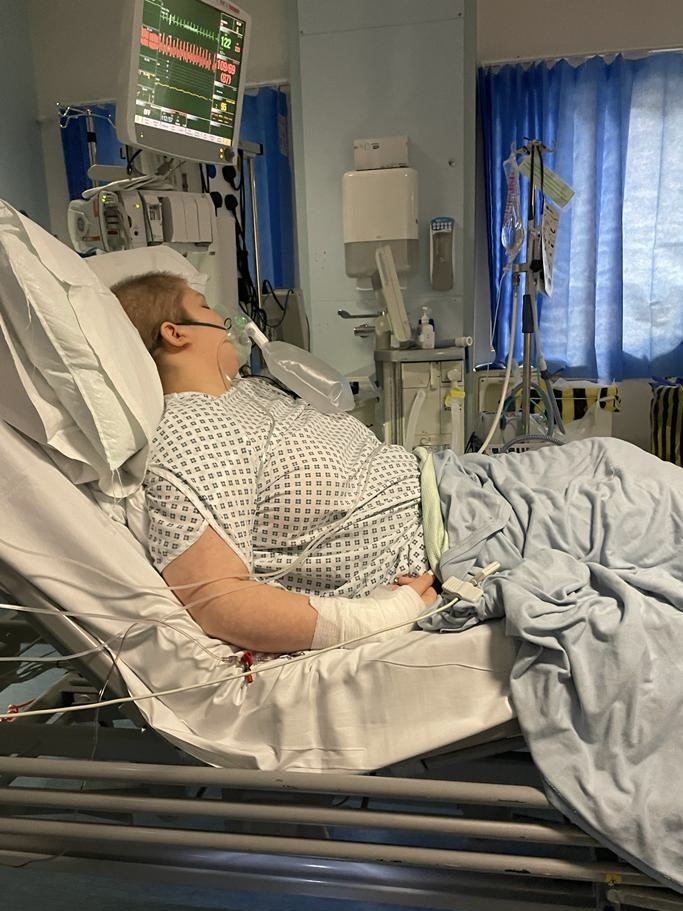Bone cancer
Find out about the types of bone cancer that can affect young people, symptoms to look out for, how it’s diagnosed and how it’s treated.
You are viewing: Intro
- There are two main types of bone cancer that can affect young people – osteosarcoma and Ewing sarcoma.
- The most common symptom is pain in a bone, and sometimes a lump
- Bone cancer is usually diagnosed with a biopsy, along with x-rays and scans
- How it’s treated depends on which kind you have, but is usually through chemotherapy, radiotherapy, surgery, or a combination of all three.
What is bone cancer?
There are two main types of bone cancer that can affect young people – osteosarcoma and Ewing sarcoma.
Both are rare and usually affect large bones like the thigh bone and the shin bone, but can also affect other bones.
Osteosarcoma starts in the cells that make your bones grow.
Ewing sarcoma causes a tumour to grow in your bones or in the soft tissue around your bones.
What are the symptoms of bone cancer?
The main sign of bone cancer is pain in a bone. The area usually feels tender at first. Then the pain becomes an ache that doesn’t go away. You might feel a lump too.
It’s important to remember that not all bone pain means you have cancer. If you notice any bone pain it’s important to get it checked by your GP to make sure.
How is bone cancer diagnosed?
X-rays and scans are the usual tests done to find signs of bone cancer. But the best way to know if bone cancer is causing the problem is with a biopsy – taking and testing a small bit of bone tissue and then looking carefully at the cells under a microscope for signs of cancer.
This will either be done under a local anaesthetic (where the area is numbed) or a general anaesthetic (where you’re given drugs to make you sleep). Which anaesthetic they use will depend on the type of biopsy they do.
How is bone cancer treated?
Depending on the type of bone cancer that you have, doctors might recommend chemotherapy, radiotherapy or surgery – or a combination of these.
It may be that the bone will need to be removed after chemotherapy. If this happens, it can sometimes be replaced with a bone graft or a metal implant.
In some rare cases, amputation might be needed to treat bone cancer, but new techniques mean this happens less and less.
Your doctor and care team will talk to you about what treatments might be offered to you. If you have any worries or questions, you can always ask.
You can find lots more information about different types of sarcoma and their treatment at Sarcoma UK.
This page was reviewed in 2024. It will reviewed again in 2027.

PIF TICK accredited information
The Patient Information Forum is the UK membership organisation and network for people working in health information and support. The PIF TICK is the UK-wide Quality Mark for Health Information.

